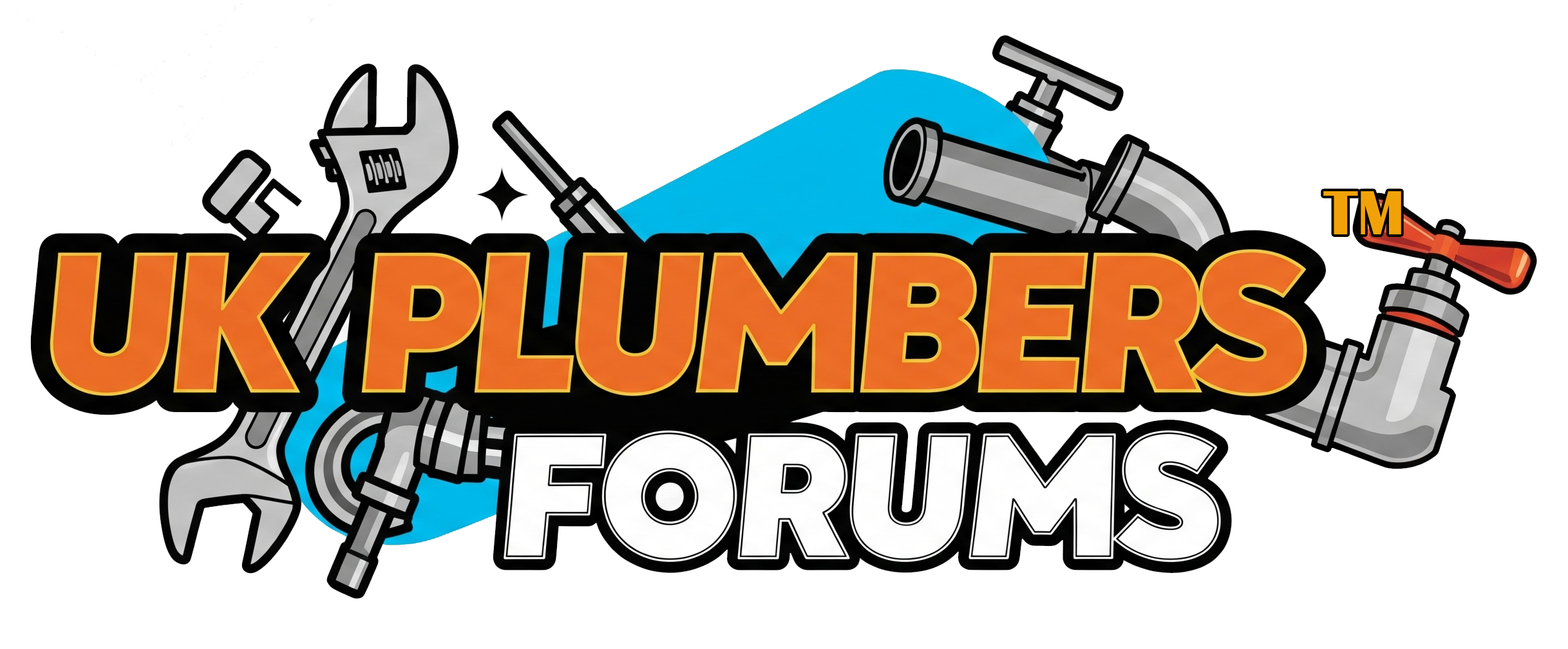Help please.
My heating system at home is hardly an urgent issue. That said, I've had to admit defeat on how on earth air is getting in! Any ideas welcome.
The original pipework on this system was a bit messy and there were some redundant runs, but basically sound as far as I can see. There were points where the flow from the boiler to the vent dropped below horizontal, but I think I have got rid of these. Air has been a problem for some time, and a year ago I removed some of the bad and obsolete pipework and re-plumbed it in a more rational way. This has helped to some degree.
There is no evidence of leakage on the system that I have seen.
The boiler is 25' horizontal distance from the close coupled vent arrangement. System is a Y plan with heat only boiler on ground floor, horizontal(ish) primary runs in first floor void to close coupled vent arrangement and 3 port valve in airing cupboard on first floor. The heating and DHW returns merge just before the Magnaclean, and I have fitted the Magnaclean above this confluence so that the Magnaclean is accessible and so it acts as the highest point on the return (doubling as an air vent point).
Boiler (Potterton Netaheat Profile 40e) kettles badly, and probably needs descaling. Every time I run the boiler, there is air in the Magnaclean which I bleed out. There is air in the Magnaclean even if I leave the system to cool before bleeding the air, so that rules out it being steam. The air does not appear to be hydrogen. The air is only present if the system has been run. System was refilled with fresh inhibitor 3 months ago (after trying out the efficacy of MC3 cleaner) and has been bled several times a week since, so this surely must be new air, not residual from filling! Quantity is probably about a teaspoon of air for every time I heat the cylinder up.
I'm clutching at straws now. Could the possible bubbles of steam passing the vent be somehow dragging in air? Could they be dragging in air through a micro-weep somewhere hidden? Could the boiler heat exchanger be letting in air somehow if a seal is defective? Could the compression unions on the boiler tails be letting in air?
I spend £300 a year on gas, so the idea of buying a new efficient boiler and replumbing the entire system has limited appeal. I'm not so much worried about curing the problem as understanding what is wrong... but curing the problem would be nice.
Thank you if you are still reading 🙂
Ric



My heating system at home is hardly an urgent issue. That said, I've had to admit defeat on how on earth air is getting in! Any ideas welcome.
The original pipework on this system was a bit messy and there were some redundant runs, but basically sound as far as I can see. There were points where the flow from the boiler to the vent dropped below horizontal, but I think I have got rid of these. Air has been a problem for some time, and a year ago I removed some of the bad and obsolete pipework and re-plumbed it in a more rational way. This has helped to some degree.
There is no evidence of leakage on the system that I have seen.
The boiler is 25' horizontal distance from the close coupled vent arrangement. System is a Y plan with heat only boiler on ground floor, horizontal(ish) primary runs in first floor void to close coupled vent arrangement and 3 port valve in airing cupboard on first floor. The heating and DHW returns merge just before the Magnaclean, and I have fitted the Magnaclean above this confluence so that the Magnaclean is accessible and so it acts as the highest point on the return (doubling as an air vent point).
Boiler (Potterton Netaheat Profile 40e) kettles badly, and probably needs descaling. Every time I run the boiler, there is air in the Magnaclean which I bleed out. There is air in the Magnaclean even if I leave the system to cool before bleeding the air, so that rules out it being steam. The air does not appear to be hydrogen. The air is only present if the system has been run. System was refilled with fresh inhibitor 3 months ago (after trying out the efficacy of MC3 cleaner) and has been bled several times a week since, so this surely must be new air, not residual from filling! Quantity is probably about a teaspoon of air for every time I heat the cylinder up.
I'm clutching at straws now. Could the possible bubbles of steam passing the vent be somehow dragging in air? Could they be dragging in air through a micro-weep somewhere hidden? Could the boiler heat exchanger be letting in air somehow if a seal is defective? Could the compression unions on the boiler tails be letting in air?
I spend £300 a year on gas, so the idea of buying a new efficient boiler and replumbing the entire system has limited appeal. I'm not so much worried about curing the problem as understanding what is wrong... but curing the problem would be nice.
Thank you if you are still reading 🙂
Ric
Last edited:


